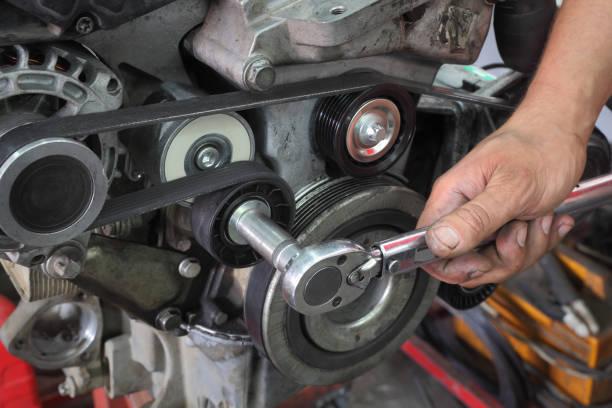The industrial rubber market, despite its strong growth potential and key applications in various sectors like automotive, construction, and healthcare, faces several obstacles that could hinder its long-term progress. These challenges stem from raw material volatility, environmental concerns, competition, and technological limitations. Overcoming these obstacles is crucial for companies to remain competitive and meet the ever-evolving demands of the global market.
Raw Material Volatility
One of the primary challenges facing the industrial rubber market is the volatility of raw material prices, particularly for natural rubber. Natural rubber is derived from rubber trees, which are subject to various environmental factors, such as weather patterns, diseases, and geopolitical issues. For instance, heavy rainfall or droughts in key producing regions like Southeast Asia can drastically affect rubber supply, leading to price fluctuations. Additionally, the global demand for natural rubber often outstrips supply, which makes it difficult for manufacturers to maintain consistent production costs. To mitigate this, many companies are investing in synthetic rubber alternatives, but these also face their own price challenges due to reliance on petrochemical products.
Environmental Concerns and Sustainability
As the world moves toward more sustainable practices, the industrial rubber market is under pressure to reduce its environmental footprint. The production of rubber, particularly synthetic rubber, is energy-intensive and involves the use of petrochemical derivatives. Additionally, the disposal of rubber products, especially tires, contributes to significant environmental pollution. The challenge of managing rubber waste and improving recycling processes is becoming increasingly important. While there have been innovations in developing recyclable and bio-based rubbers, scaling these solutions to meet global demand remains a significant challenge. Regulatory pressures and consumer preferences for eco-friendly products are pushing manufacturers to adopt more sustainable practices, but these transitions require substantial investment in research and development.
Technological Limitations
Technological advancements in manufacturing processes and rubber formulations have improved product performance, but the industry still faces certain technological limitations. For example, while advancements in synthetic rubber and bio-based materials are gaining ground, they are often more expensive and harder to produce at scale compared to traditional rubber. Additionally, achieving high-performance characteristics, such as durability, wear resistance, and heat resistance, in new rubber types remains a challenge. Companies must continue to invest in R&D to overcome these limitations and improve the cost-efficiency and performance of alternative rubber products.
Competition and Market Saturation
The industrial rubber market is highly competitive, with numerous established players across the globe. Companies are facing pressure to differentiate themselves through product quality, innovation, and price. In some regions, the market is reaching saturation, making it more challenging for new entrants to gain a foothold. Large corporations with significant resources have the advantage of economies of scale, which allows them to offer competitive prices while investing heavily in innovation. Smaller players must find niche markets or innovative products to remain competitive.
Conclusion
In conclusion, the industrial rubber market faces several obstacles that could impact its growth trajectory. Raw material volatility, environmental concerns, technological limitations, and intense competition pose significant challenges to manufacturers. However, with continued innovation, investment in sustainability, and strategic adaptation to market dynamics, the industry can overcome these obstacles and continue its growth in the global market.



